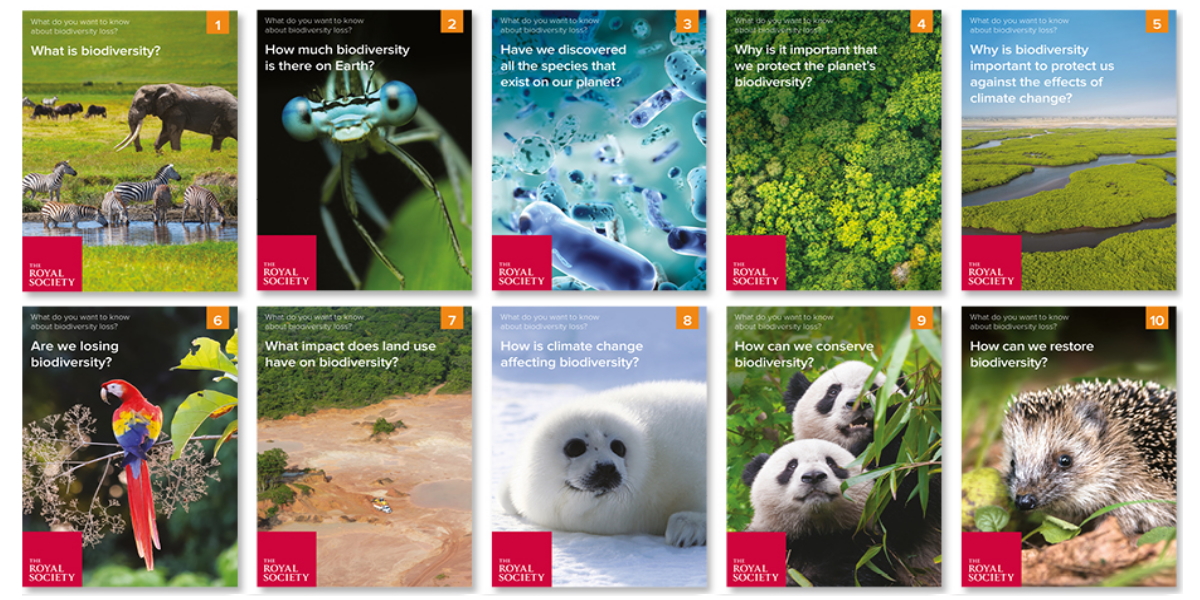Filters
Clear allSubject
- Careers (140) Apply Careers filter
- Climate Change (17) Apply Climate Change filter
- Computing (7) Apply Computing filter
- Creative arts and media (2) Apply Creative arts and media filter
- Cross curricular (50) Apply Cross curricular filter
- Design and technology (86) Apply Design and technology filter
- Engineering (35) Apply Engineering filter
- Food Preparation and Nutrition (37) Apply Food Preparation and Nutrition filter
- Mathematics (55) Apply Mathematics filter
- Psychology (11) Apply Psychology filter
- STEM Ambassadors (11) Apply STEM Ambassadors filter
- STEM Clubs (3) Apply STEM Clubs filter
Age range
Type
- Activity sheet (577) Apply Activity sheet filter
- Article (175) Apply Article filter
- Assessment (10) Apply Assessment filter
- Audio (55) Apply Audio filter
- Data set (5) Apply Data set filter
- Demonstration (3) Apply Demonstration filter
- Diagram (3) Apply Diagram filter
- Experiment (73) Apply Experiment filter
- Game (26) Apply Game filter
- Group work (25) Apply Group work filter
- Image (58) Apply Image filter
- Information sheet (179) Apply Information sheet filter
- Interactive resource (55) Apply Interactive resource filter
- Lecture (2) Apply Lecture filter
- Open-ended task (10) Apply Open-ended task filter
- Poster (26) Apply Poster filter
- Presentation (202) Apply Presentation filter
- Quiz (25) Apply Quiz filter
- Research (77) Apply Research filter
- Self assessment (2) Apply Self assessment filter
- Simulation (2) Apply Simulation filter
- Teacher guidance (785) Apply Teacher guidance filter
- Textbook (119) Apply Textbook filter
- Video (219) Apply Video filter
- Include Physical Resources (26155) Apply Include Physical Resources filter
Showing 1993 results

These evidence-based, question and answer style classroom resources can be used to engage students of all ages...
These classroom resources from the Royal Society, based on the latest evidence available to scientists, can be used to engage students in the climate debate and to explore and understand topics relating to climate change. Further resources and extension tasks linked to these activities from the Royal Society are...

These evidence-based, question and answer style classroom resources can be used to engage students in the climate...
This three-minute video provided by Liverpool University highlights aspects of...
This is a simple comprehension activity for students to consider the main features of cystic fibrosis (CF), the recessive pattern of inheritance, carriers and screening. The student worksheets provide a clear diagram of the function of the CFTR protein, which forms a...
This comprehension activity, from Genetic Disorders UK, looks at the main features of Huntington’s disease (HD) and how it affects the brain. Students consider Huntington’s disease as a progressive neurodegenerative disease and the issues surrounding genetic testing for...
This infographic for post-16 students explains the different methods of speciation by natural selection. It summarises allopatric and sympatric speciation
This activity is part of Endeavour, an online collection of inquiry-based teaching resources created by experts...
With the increasing pressure of a growing human population it is becoming increasingly difficult to conserve natural habitats. Ultimately, not every green space can be afforded conservation protection. This field study encourages students to act as environmental scientists to compare different habitats and decide...
Conditions on other planets are unlikely to be within the same ranges as that experienced by Earth. However, a degree of variance from ‘ideal’ ranges may be tolerable for a small number of organisms known as extremophiles. This investigation looks at the effects of subjecting a living organism (yeast) to some...
This Catalyst article explores the complex structure of cells, and numerous theories of how they were formed. It describes how the development of electron microscopes has allowed greater detail of cellular strutures and organelles to be understood. The article includes detailed electron micropgraphs, along with...
This worksheet in this resource introduces students to the topics of classification and binomial nomenclature. The idea of hierarchy is illustrated, before explaining Linnaeus’s system of classification and the terms kingdom, phylum, class, order, family, genus and species. There is also a useful introduction to...
A Catalyst article about the naming system used for biological species, devised by Linnaeus. The purpose of biological names is investigated and the article also explains how the naming system works.
This article is from Catalyst: Secondary Science Review 2009, Volume 19, Issue 3.
...
This Catalyst article explains why there are many anti-bacterial drugs but few antivirals. There are millions of bacteria everywhere – on skin, in the gut, and on food. Bacteria have been troubling human beings for as long as they have been around, so a lot of effort has been directed into finding ways to fight...
This podcast from the Natural Environment Research Council's (NERC) Planet Earth Online collection looks at how scientists are using fish scales to figure out why the UK salmon population is falling; and how carbon dioxide emissions from power stations could be used to make household bricks.
Salmon numbers...
From Understanding Animal Research, these materials help students understand the process of drug discovery and development. It shows that the drug discovery process is long and complex and involves several different stages, including basic research, animal testing and clinical trials. The materials include: *...
